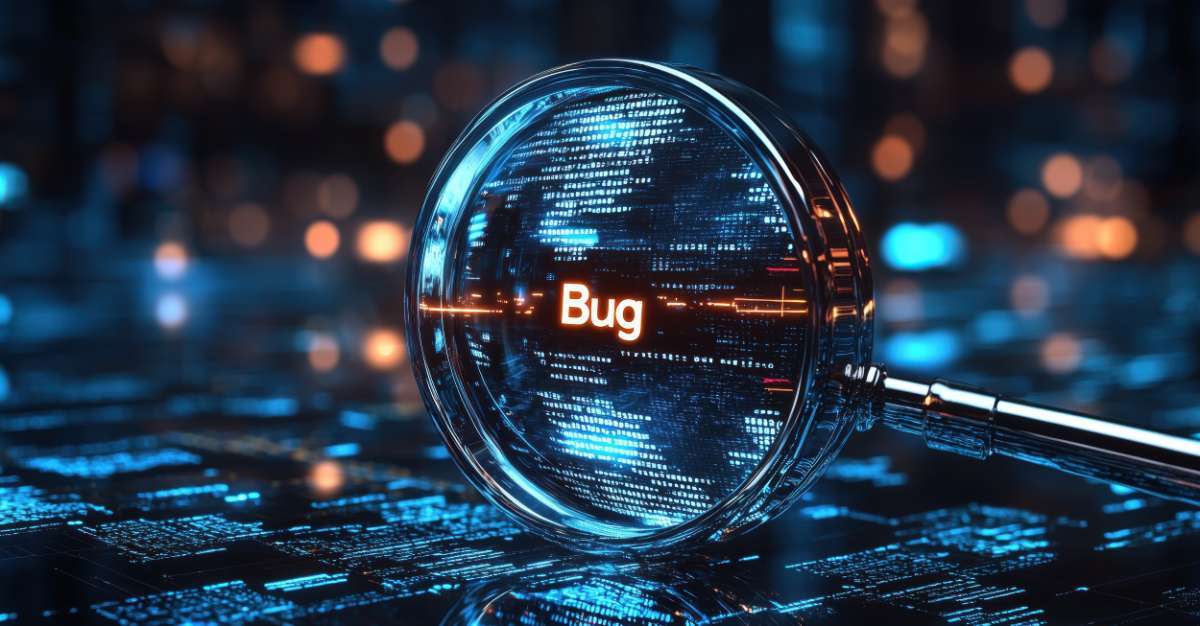The limitations of traditional monitoring have become magnified as modern systems grow increasingly complex and distributed. Observability is the next technological advancement that provides visibility into systems and a deeper understanding of their behavior and performance.
For decades, traditional monitoring tools have served as the backbone of IT infrastructure, providing insights into system performance, health, and potential issues. However, as modern infrastructures grow increasingly complex and distributed, the limitations of traditional monitoring have become more apparent.
Observability is the next technological advancement that provides visibility into systems and a deeper understanding of their behavior and performance. Some of the fundamental differences between traditional monitoring and Observability include:
1. Focus on Outputs vs. Understanding Behavior:
- Traditional monitoring primarily focuses on collecting and analyzing system outputs, such as metrics and logs. It often involves predefined thresholds and alerts triggered when those thresholds are crossed.
- Observability focuses on understanding system behavior and internal states. It involves gathering diverse data sources, including metrics, logs, traces, and events, to provide a holistic view of system behavior.
2. Predictive vs. Reactive:
- Traditional monitoring is more reactive, often relying on predefined rules and thresholds to trigger alerts when something goes wrong or deviates from expected behavior.
- Observability enables more proactive approaches by providing deeper insights into system behavior, allowing administrators to anticipate issues before they escalate and understand the root causes of problems more effectively.
3. Depth of Understanding:
- Traditional monitoring typically provides a surface-level view of system health and performance, focusing on predefined metrics and KPIs.
- Observability aims to provide a deeper understanding of system internals, enabling administrators to trace and understand complex interactions and dependencies within distributed systems.
4. Tooling and Methodology:
- Traditional monitoring tools often consist of predefined dashboards and alerting mechanisms focused on specific metrics and thresholds.
- Observability tools typically involve more sophisticated data collection and analysis techniques, including distributed tracing, log aggregation, and correlation of disparate data sources.
5. Complexity Handling:
- Traditional monitoring may struggle to handle the complexity of modern distributed systems, where the relationships between components are dynamic and nonlinear.
- Observability is better suited to handle such complexity, offering insights into the behavior of individual components and their interactions within the larger system.
6. Cultural Shift:
- Traditional monitoring may be more entrenched in siloed approaches, where monitoring and operations teams are separate entities.
- Adopting observability often requires a cultural shift within an organization, emphasizing collaboration between development, operations, and other teams to gain a comprehensive understanding of system behavior.
While traditional monitoring focuses on surface-level metrics and reactive alerting, observability provides a deeper understanding of system behavior. It enables proactive problem-solving and a more holistic approach to managing complex distributed systems. By proactively identifying and addressing potential issues before they escalate, observability minimizes downtime and ensures uninterrupted service delivery. This proactive and more comprehensive approach not only enhances customer satisfaction but also safeguards the organization's reputation and bottom line.
Traditional monitoring typically falls short in several key aspects compared to observability. It simply cannot provide the depth of insight and flexibility required to effectively monitor and troubleshoot modern, distributed systems in comparison to observability. The table below represents the degree of variation between the two differing methodologies.
| Aspect | Traditional Monitoring | Observability |
| Data Collection | Collects predefined metrics at regular intervals | Collects raw telemetry data continuously |
| Scope | Limited, predefined | Dynamic, adaptable |
| Insight Generation | Reactive | Proactive, predictive |
| Troubleshooting | Limited visibility into root causes of issues | Provides deep insights for troubleshooting and identifying root cause |
| Scalability | Limited by predefined metrics, may struggle to scale with complex, distributed systems | Designed to scale seamlessly with modern, complex architectures |
| Tooling | Relies on static dashboards and monitoring tools | Utilizes dynamic visualization and analytics tools |
| Data Retention | Limited historical data | Rich historical context |
| Complexity Management | Simplistic | Handles complex systems |
| Focus | Metric-based monitoring with predefined thresholds | Emphasis on understanding system behavior |
| Analysis | Reactive approach to identifying known issues | Proactive exploration to uncover unknown issues |
| Customization | Limited flexibility in adding new metrics or dimensions | Highly customizable with dynamic tagging and tracing |
| Collaboration | Siloed data accessible to specific teams or individuals | Encourages cross-functional collaboration |
| Time to Resolution | Longer resolution times due to limited insights | Faster resolution with richer data and context |
By embracing observability, we're not just adopting a new tool or methodology, we're embracing a cultural shift towards collaboration, innovation, and resilience. We're breaking down silos, bridging gaps between teams, and fostering a culture of continuous improvement and learning.
To help prepare for observability and realize its full potential to unlock new possibilities, overcome new challenges, and redefine the future of infrastructure management, please read our in-depth white paper “Observability and Supporting Disparate Network Systems,” found here.




